It is fair to say that the 1960s was a decade of learning for Japanese car manufacturers like Datsun. They progressed from building lightly re-engineered licensed copies of European models to developing their brands and unique vehicles. For Datsun, introducing the 240Z into the competitive American market signaled the transformation was complete, and early examples of that badge are keenly sought. That is what is on offer with our feature car listed here on eBay in Auburn, Georgia. It requires total restoration but is a solid, relatively complete vehicle showing promise. Bidding sits at $6,700, although the figure remains short of the reserve.
Although Datsun initially denied it, placing the 240Z side-by-side with an early Jaguar E-Type revealed where the company drew its inspiration for the design of its new sports model. Both are two-seat vehicles with a rear hatch and a long hood. The 240Z underwent evolutionary changes during its production life, but enthusiasts consider early examples the most desirable. This car fits into that mold and could be a strong restoration candidate. Its Code 115 Blue Metallic paint is tired, but the new owner will have other issues requiring attention before they pick up the spray gun. The hood has visible Bondo, but it is repairable. It would justify the effort because unless the new owner can source another early hood, fitting a later panel will be immediately apparent to Datsun purists. The remaining panels sport only minor bumps and marks, while there is no significant exterior rust to cause sleepless nights. It is visible in the rear doglegs, but the lower rear quarter panels and rear hatch frame have avoided the common problems that can beset these cars. I want to say it is a similar story when the car finds itself on a lift, but there are problems requiring attention. There is rot near one front sway bar mount, but this spot in the floor requires deeper investigation. The seller admits that a previous owner replaced this floorpan section, but the welds aren’t nicely finished. An in-person inspection will confirm if some basic work with an angle grinder will address the appearance or whether the buyer needs to unstitch it and repeat the process. A few small rust spots require repair, but the car appears structurally sound. It is missing a few minor trim pieces, but the glass looks acceptable for a survivor.
This Datsun’s interior is missing a few minor components but is essentially complete. It retains vital parts like the diamond-pattern vinyl below the console on either side of the transmission tunnel. A complete retrim is required, but the best news is the lack of cracks and other issues with the dash pad. These are prone to UV damage, and replacement costs are eye-watering. Reproductions retail for $800, while restored original pads leave no change from $2,000. Therefore, investing $80 in a removable carpet cover could be worthwhile insurance. A retrim will lighten the buyer’s wallet by around $2,500, but considering the potential value of this car once restored, it should be a worthwhile investment.
Imitation is the sincerest form of flattery, but Datsun released a model that resembled the Jaguar E-Type in more than looks. Tilting the hood forward reveals an OHC six fed by multiple carburetors. Admittedly the original British version featured an additional camshaft and carburetor, but the similarities are undeniable. The 2,933cc “L24” produces 150hp, which feeds to the rear wheels via a four-speed manual transmission. Four-wheel independent suspension provides confidence-inspiring handling, with the entire mechanical package allowing the 240Z to storm the ¼-mile in 16.4 seconds on its way to 125mph. The 1970 E-Type could outrun the Datsun, but the figures were closer than you might expect, and the Jaguar cost nearly 50% more. When considered in that light, the 240Z offered excellent value as a two-seat sports car. The seller says this classic is original and unmolested, apart from minor updates like electronic ignition. It runs and drives but requires servicing and inspection to be considered roadworthy. With parts proving affordable, reaching that stage shouldn’t cost a fortune.
The Datsun 240Z trumpeted to the automotive world that the company could produce models that weren’t simply reliable family transport. The 240Z embraced the design philosophy of the original Jaguar E-Type but in a more user-friendly and significantly cheaper package. The 240Z suffered at the hands of advancing technology during the mid to late 1970s as its rivals developed fuel injection and twin-cam models. They spent time unloved and ignored, but they are now one of the most desirable Japanese classics. That is especially true for early examples such as our feature car. I’m surprised it has only attracted fifteen bids, but I believe that figure will climb significantly before the hammer falls. Pristine examples consistently sell for over $40,000 in today’s market, although values have softened recently. Like any classic, determining whether that trend will reverse is almost impossible, but sometimes buying into the market is a calculated risk. My instincts tell me values will climb once again, and if I’m right, this 1970 Datsun 240Z could be a worthwhile investment.
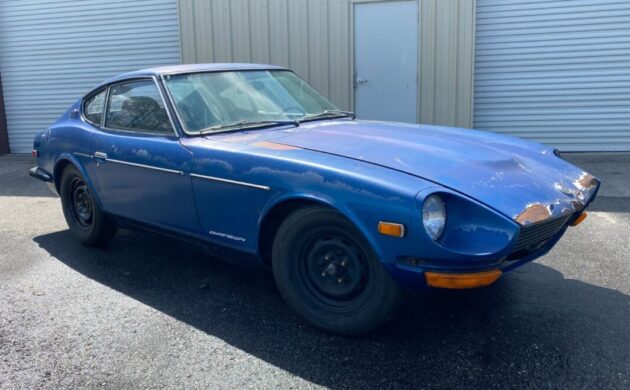
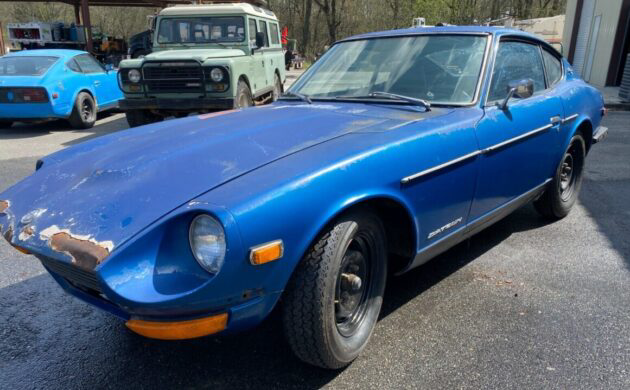
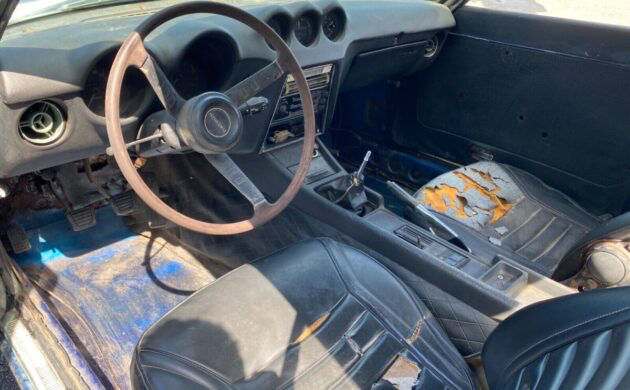
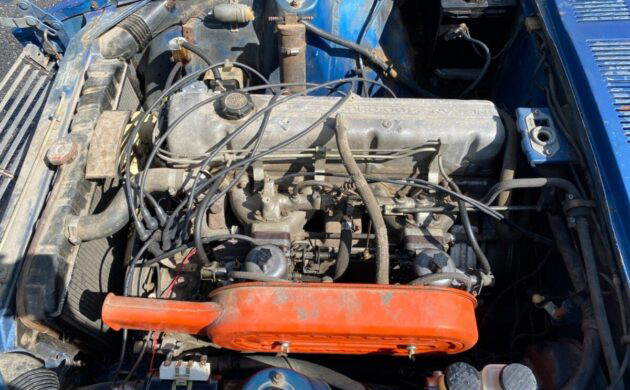
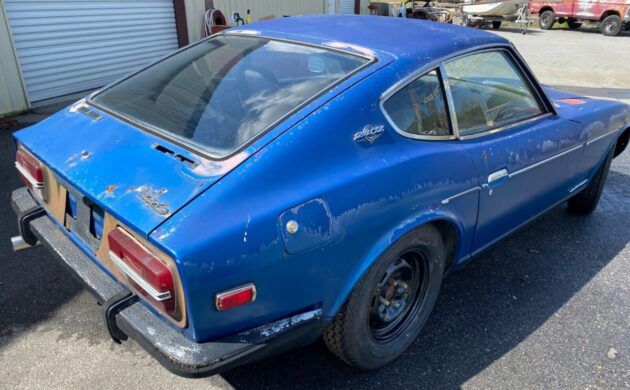







Could be a nice one. Have fixed a few rusty Zs as they are prone to rust almost anywhere on the chassis. Hoods rust at the front and the rear hatch will rust almost anywhere. If the rockers don’t need replacing it’s an easy fix for the rest of the car. Fun cars. Glad to see them getting the attention they deserve.
If only I were 20 or more years younger than 68 I’d give this one a shot.
Owned a ‘72 for about three years until the engine fell out. Yep, they not only “rust anywhere” but can rust everywhere.
The worst places for rust are the neatly invisible places like the pressed sheet metal channels that serve as the frames for suspension and drivetrain mounting.
Back in the early 1980’s in my shop ownership days we’d put 240’s, 260’s and 280’s on the lift and start poking away with ice picks and screwdrivers and it was amazing as to how many places we could penetrate the metal.
My way back memory is a story from a respected automotive journal back in the early 1980’s that covered the designs of the first Z cars between 1968 and 1969.
The story went as follows….
The prototype cars were few and little more than test mules. Everything was pretty much ready for production but a few savvy Nissan engineers decided to have a few engineers from Germany have a look see at the cars….
Everything was hunky dory until a 6’2” German engineer sat inside one of the cars and immediately pointed out that the car was designed for a 5’6” person at best with the seat moved all the way back.
After closer scrutiny by the Japanese engineers the decision to stretch the car an additional ten inches was decided on in order to market the car in North America and Europe where the average heights were more than those in the Japanese market.
Something that Mazda unfortunately has never given consideration to in the design of the Miata…
And no matter how many other 6’4” guys might say that they tolerate or even like the fit in their Miatas, this 6’4” guy found driving an NC2 painful at best.
Good luck to whoever takes this Z on.
Perfect for a small block Chev or even big block .